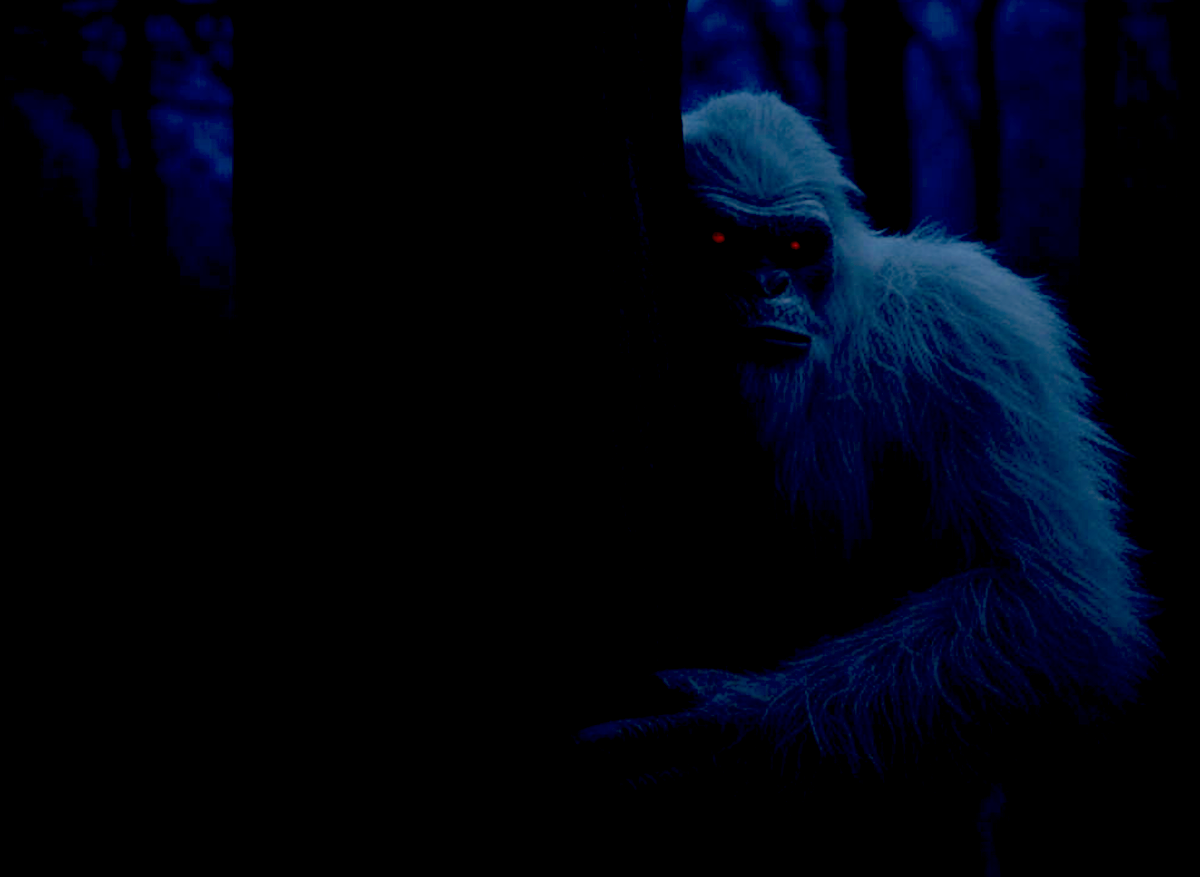
Keith Lusher 04.04.25

The first time I heard of the Alabama White Thang was around a campfire deep in the Louisiana woods. A hunter from Alabama, Brent Baker, had joined our local hunting club for a weekend expedition. Here in Louisiana, we have our own cryptid known as the Rougarou, and after a few tales were told about this legendary swamp monster, Baker chimed in.
“You think your Rougarou is something? Back in Alabama, we’ve got a thing that’ll make your hair stand on end,” he said, his voice dropping to just above a whisper. “We call it the White Thang.”
Since then, I’ve encountered others who claim to have seen this mysterious creature, each story more intriguing than the last. Fascinated by these accounts, I decided to delve deeper into the Alabama legend.
Background
Stories of the White Thang have been circulating since at least the 1930s, though some accounts push its origins back to the early 1900s. This albino-like creature has become deeply embedded in Alabama folklore, particularly in the state’s northern regions.
What makes this cryptid particularly interesting is its regional variants. In most of northern Alabama, it’s known as the “White Thang” (that’s not a typo—it reflects the local pronunciation of “thing”), but what’s interesting is in Courtland, which is located in northern Lawrence County, the residents call it the “Slough Thing.”
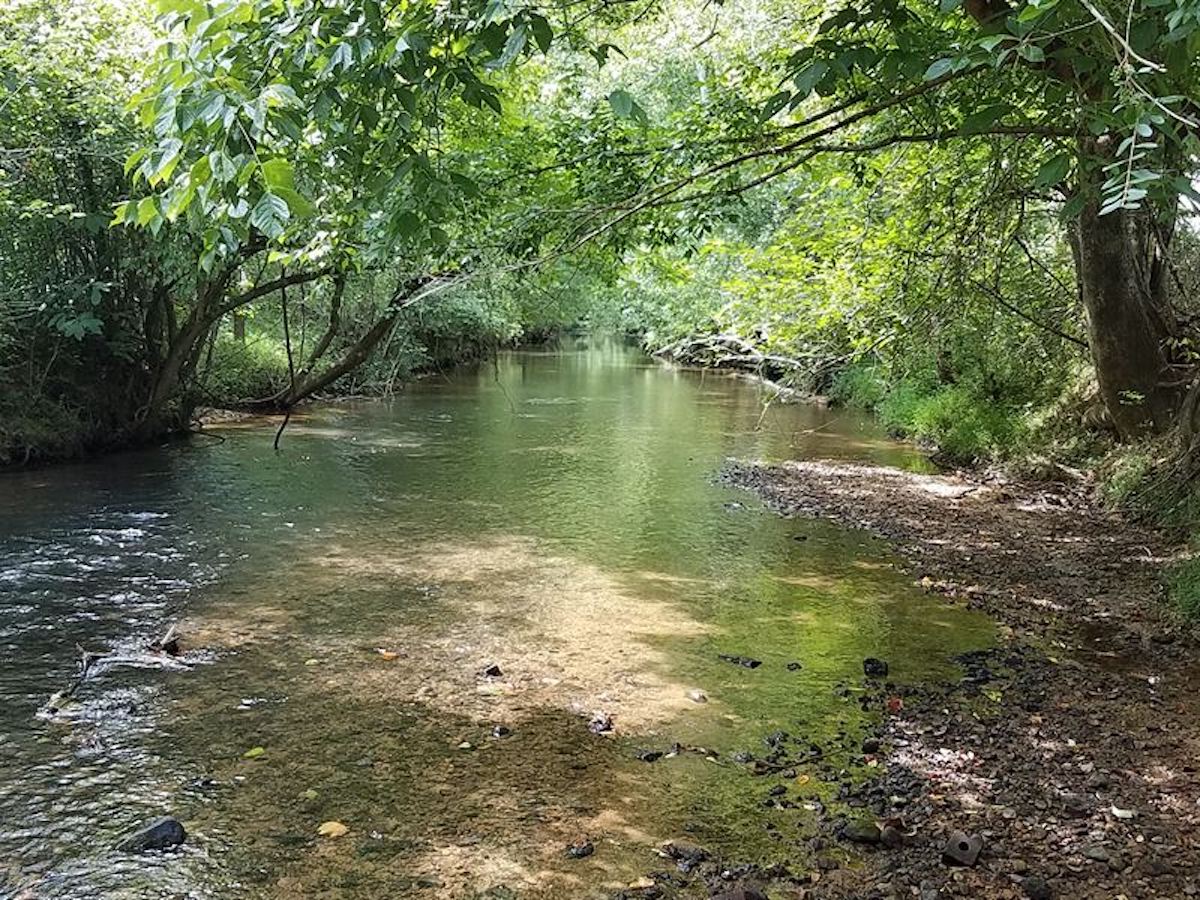
The name comes from the creature’s supposed habitat in a slough along Big Nance Creek, where locals believe it emerges from the marshy wetlands to make its nocturnal appearances. According to Mayor Linda Peebles of Courtland, tales of the creature have been passed down for generations, with her own mother encountering it during the Great Depression in the early 1930s near Big Nance Creek.
Physical Description and Behavior
Most witnesses describe it as a massive, white-furred creature standing between 7 to 10 feet tall when upright. Its body is covered in thick, shaggy white fur, leading some to nickname it “Bigfoot’s albino cousin.” Perhaps its most disturbing feature is its glowing red eyes, though not all sightings include this detail.
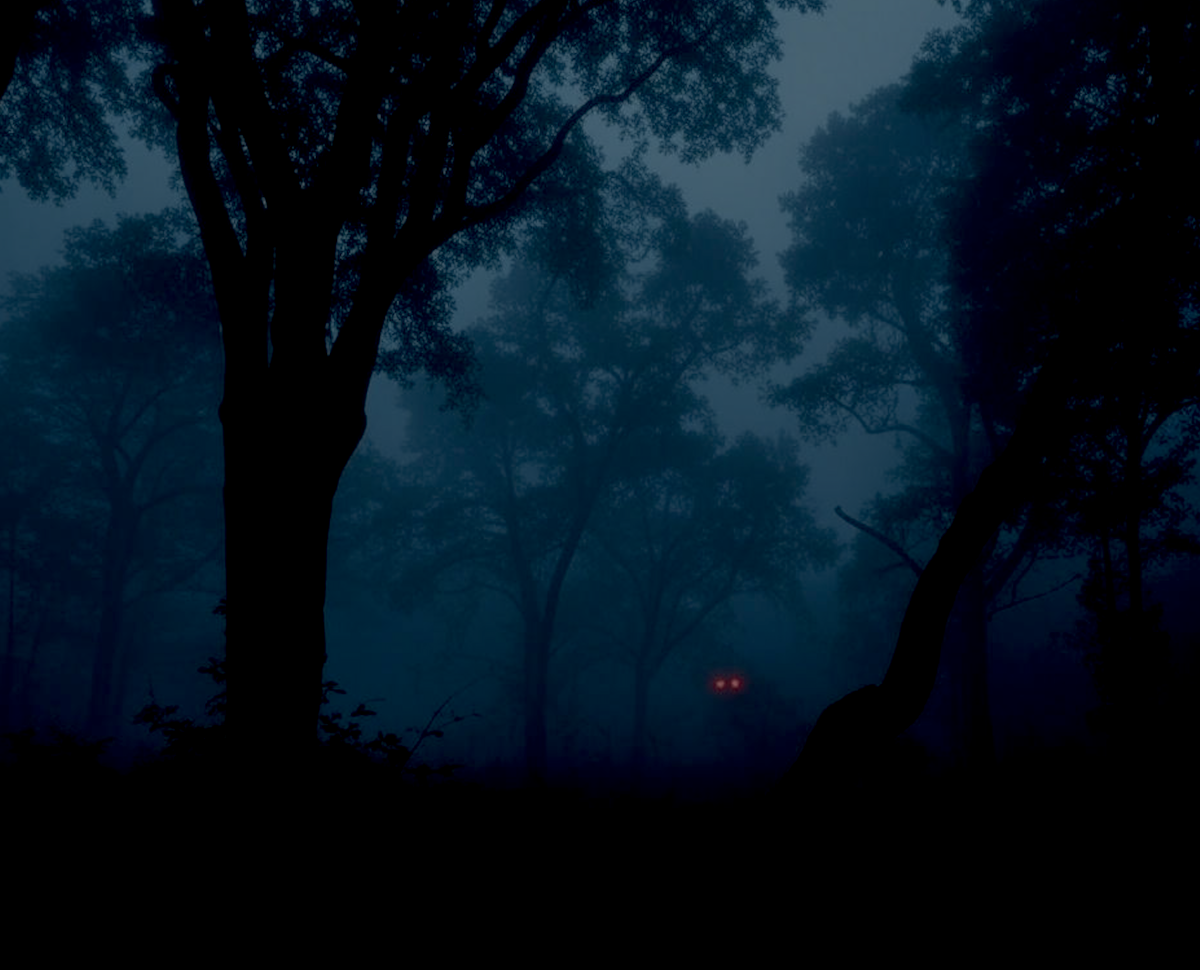
What’s particularly interesting is how varied the descriptions can be. Some say it resembles a white lion; others compare it to a kangaroo with a cat’s head. The Slough Thing variant is described as smaller, about 5 feet tall when standing on two legs.
As far as sounds go, they’re consistently described as unnerving—a high-pitched scream like a woman in distress or the cries of a baby. These sounds are often heard before visual encounters and have become associated with bad omens in some communities.
Another detail reported by witnesses is the creature’s pungent odor, often compared to rotting fish—a characteristic it shares with other cryptids like Bigfoot.
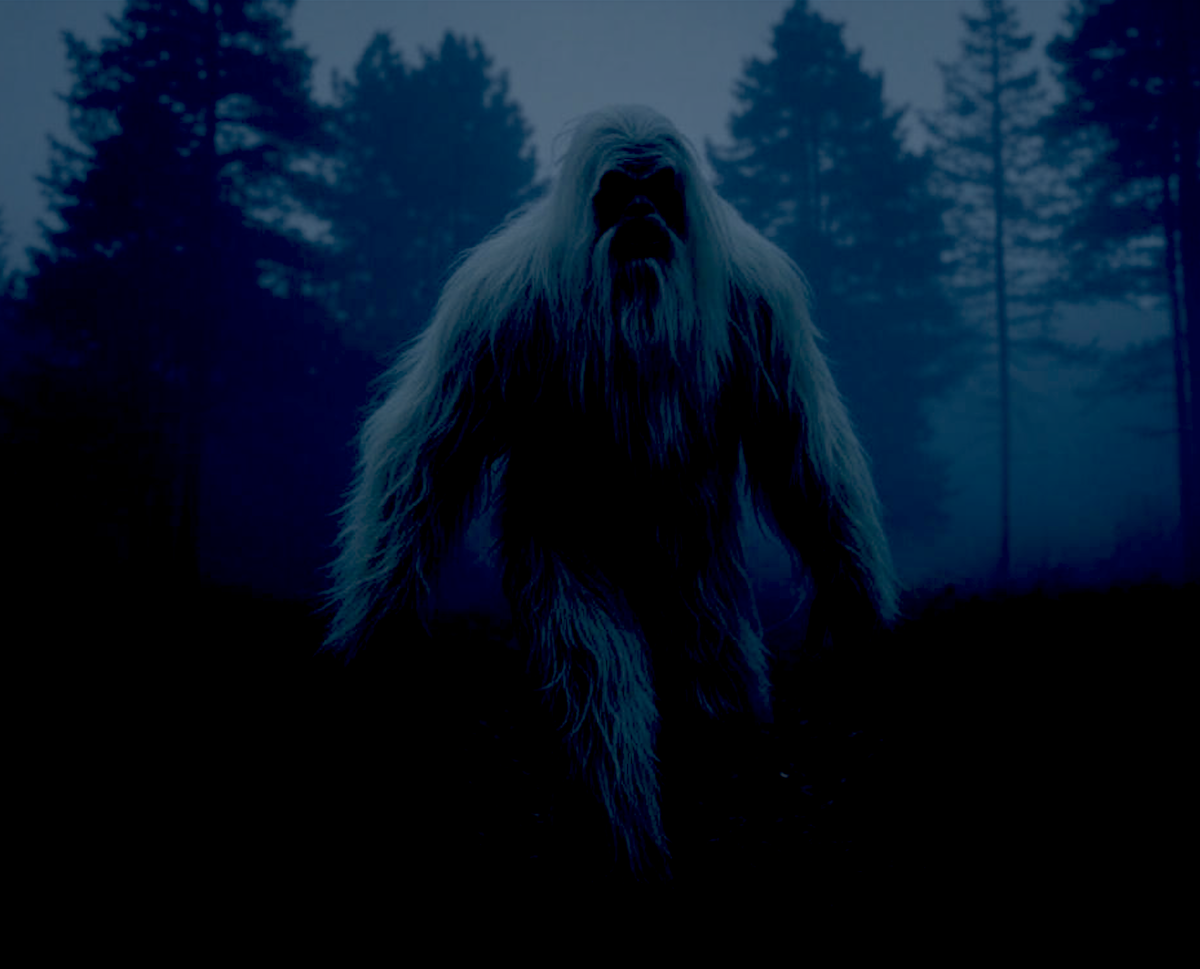
White Thang Habitat
The dense forests of northern Alabama provide the perfect backdrop for this creature. Specific locations associated with White Thang sightings include Walnut Grove, Moody’s Chapel, Happy Hollow, and the Wheeler Wildlife Refuge.
The Big Nance Creek area near Courtland seems to be a hotspot for the Slough Thing variant, with multiple generations reporting encounters there. Many sightings occur near waterways, suggesting the creature may prefer habitats with proximity to water sources.
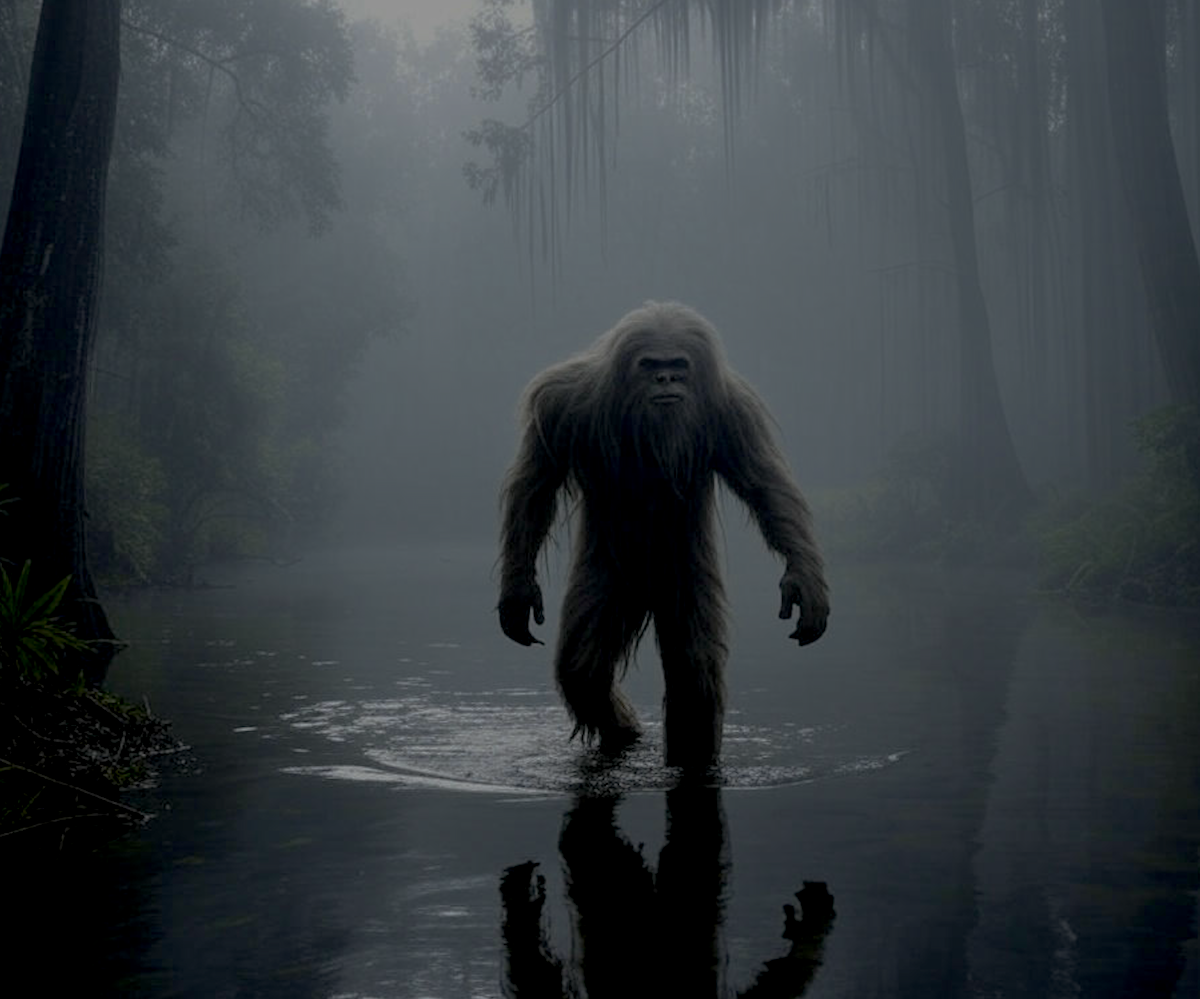
The creature appears to be primarily nocturnal, with most encounters occurring at night or during twilight hours. The remote, heavily wooded areas of northern Alabama provide plenty of hiding places, which might explain why definitive evidence remains elusive despite decades of sightings.
Hunting the White Thang
Given its size and speed, a high-powered rifle would be the way to go—perhaps a .30-06 Springfield or .308 Winchester with quality optics for low-light conditions, as most sightings occur at dusk or night. If I were hunting the creature, I would opt for night vision or thermal imaging equipment.
Since the cryptid is reported to have an acute sense of smell, scent control would be crucial. Hunting upwind and using scent-eliminating sprays and clothing would be necessary. Fish might prove effective as bait, considering the creature’s habitat near waterways.
Trail cameras with motion sensors placed throughout suspected activity areas might offer the best chance of gathering evidence without direct confrontation. And given the creature’s reported ability to climb and move quickly through trees, elevated hunting positions would provide both safety and a tactical advantage.
Preparing the White Thang
Given its reported agility and speed, the meat might be tough and require slow cooking methods to tenderize.
A traditional Alabama approach might involve smoking the meat over hickory or oak wood, maybe for a pulled BBQ preparation. For the tougher sections of meat, I go with a long braise in a stew pot with root vegetables.
Considering its reported habitat near waterways, pairing the meat with local fish in a surf-and-turf style might complement its flavors.
Modern Sightings and Pop Culture Influence
Interest in the White Thang continues unabated into the present day. According to filmmaker John Rare, whose YouTube channel features three documentaries on the subject, modern explorers and enthusiasts regularly trek through Bankhead National Forest hoping to catch a glimpse of the creature.
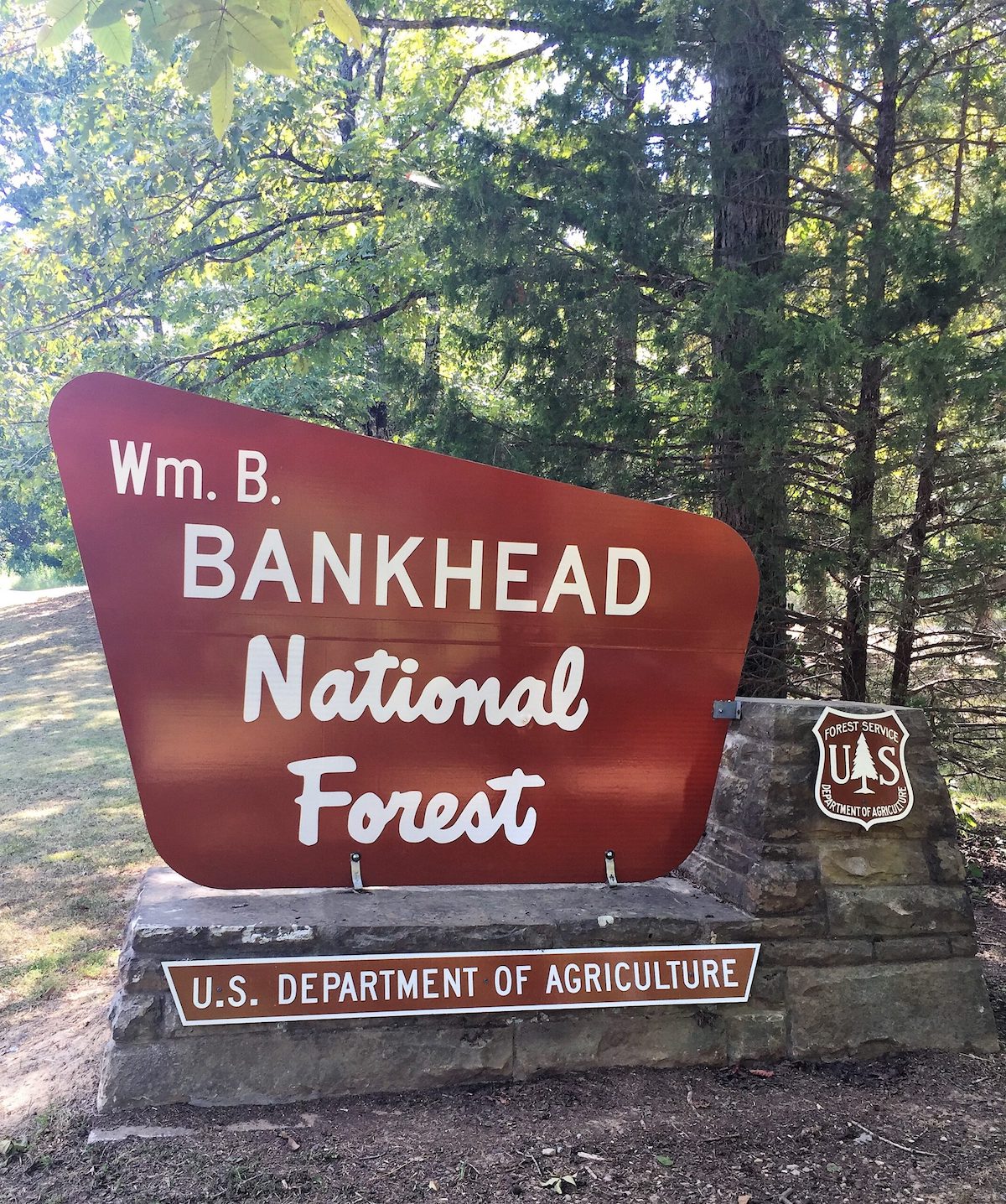
Final Verdict: Myth or Monster?
After reviewing the available information and accounts, the White Thang remains firmly in the realm of mystery.
My rational mind points me to it being an albino bear, or maybe an old refrigerator in the distance. When shadows play across those Alabama forests at dusk, it’s easy to see how ordinary things might appear extraordinary.
Yet generations of unconnected Alabamians all describe something remarkably similar. From hunters to fishermen, the base elements remain the same. Perhaps there’s a kernel of truth buried in these tales, something unusual that’s grown more fantastic with each telling around fires like the one where I first heard of the White Thang.
Closing Thoughts
If you’re feeling adventurous and want to search for the White Thang yourself, the forests of northern Alabama await.
But a word of caution: come prepared for the Alabama wilderness. These are remote areas where cell service is spotty and navigation is challenging.
Whether the White Thang is flesh and blood or simply a colorful thread in Alabama’s folklore, the legend itself is worth preserving. And who knows? Maybe someday someone will return from the forests of northern Alabama with definitive proof that the White Thang is more than just a thing of legend.
Trending Products











